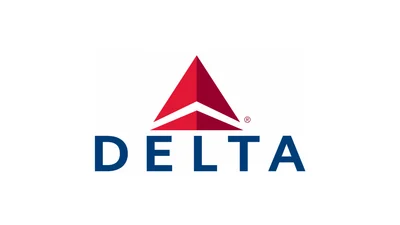Step climbs are primarily beneficial for jet aircraft equipped with turbofan engines that operate efficiently at higher altitudes. Propeller-driven planes typically do not use this method due to their performance limitations at high elevations and generally shorter ranges.
Advancements in flight management systems (FMS) have made it easier for pilots to optimize climb profiles for efficiency. Modern FMS technology can calculate both continuous and step climbs based on crew preferences, helping airlines save fuel by following precise routes.
Research indicates that continuous climbs are more efficient than step climbs. A 2014 study by Ramon Dalmau-Codina and Xavier Prats found that a continuous climb could improve fuel economy by up to 10% on longer routes using an Airbus A320 model. However, operational constraints often prevent airlines from adopting this approach universally.
The International Civil Aviation Organization (ICAO) recommends continuous climb operations for better fuel savings but acknowledges that real-world factors like air traffic often necessitate step climbs instead. Further studies suggest that adjusting thrust levels near the top of climb can also enhance efficiency; one such study by Ryota Mori demonstrated notable fuel savings through this technique.
Flight planning software frequently defaults to step climb profiles due to these operational realities, though opportunities for continuous or "relaxed cruise" climbs are increasing as technology advances and new air traffic management programs are implemented.
Recent proposals advocate for "relaxed cruise" operations—a compromise between traditional step climbs and continuous ascents—which could further reduce emissions and improve efficiency if adopted alongside modernized airspace management initiatives like SESAR and NextGen.
Pilots involved in testing alternative techniques have responded positively: “MCR climb is unique and straightforward. If achieving sufficient fuel saving is feasible through MCR climb, I am willing to adopt this approach. The adjustment of cruise thrust settings is executed within the CDU, with no discernible increase in workload. With the maximum thrust reduced, the pilot monitors vertical speed more frequently, which presents a minor concern.”
In summary, while technological improvements continue to make more efficient climbing methods possible, practical considerations related to safety and airspace congestion mean that step climbs remain standard practice on many commercial flights today.
 Alerts Sign-up
Alerts Sign-up




































